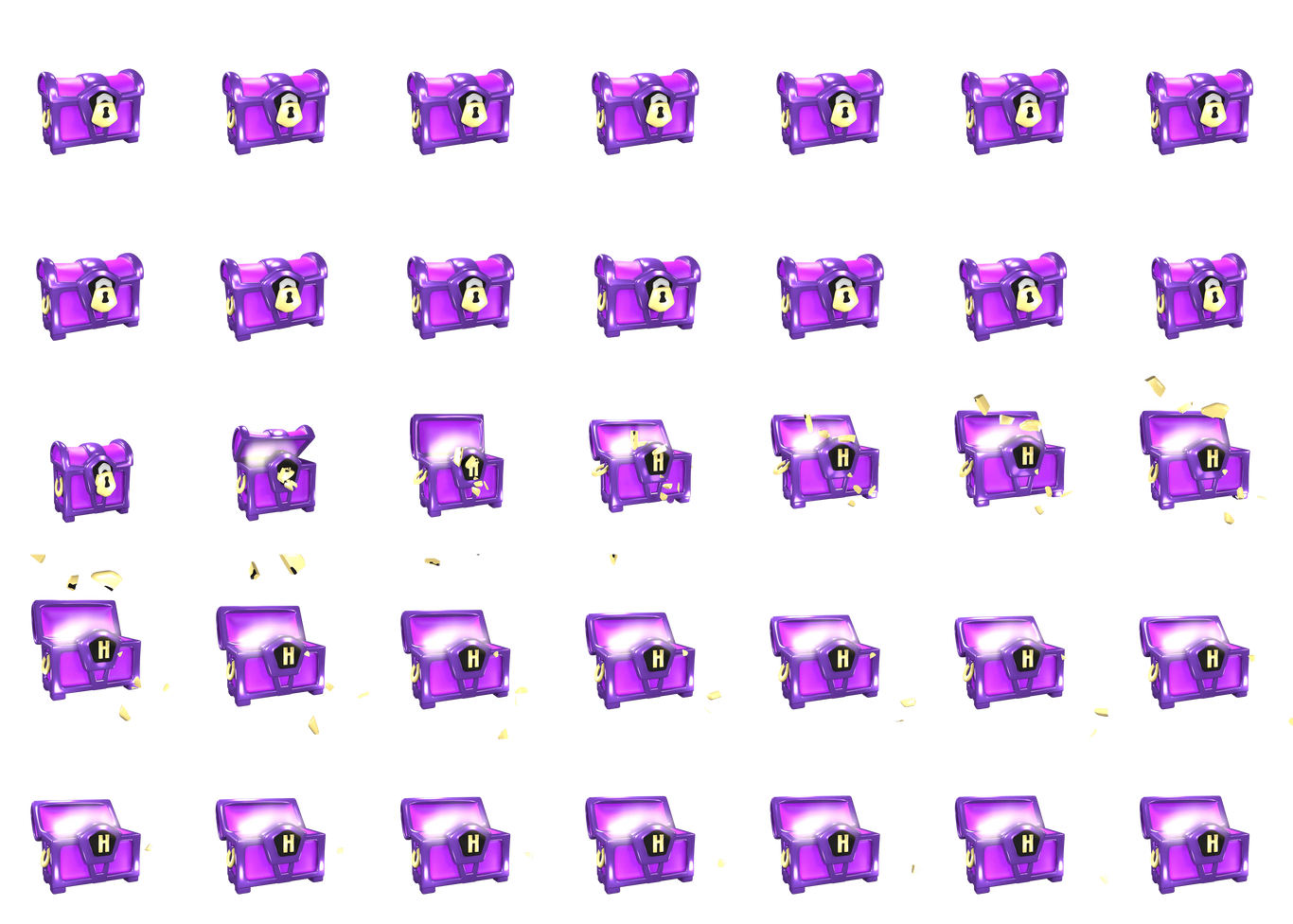How to Solve Inequalities in GeoGebra
You can use GeoGebra to solve systems of inequalities. Type >= to enter , and <= to enter .
GeoGebra Instruction 1
Solution in CAS
- 1.
- Open
CASunderViewinMenu. - 2.
- Enter the inequality and press
Solveto get an exact solution .
Note! If GeoGebra returns , then the inequality has no solution. If GeoGebra returns true, then the inequality is always true. If GeoGebra returns false, then the expression is never true for any . If GeoGebra returns ?, you have pressed Solve Numerically .
GeoGebra does not allow this. You must use Solve .
Example 1
The image below shows what it will look like in GeoGebra if you solve the inequality by following the instructions above.

GeoGebra Instruction 2
Solution in Graphics View
- 1.
- Open
Graphics ViewinView. - 2.
- Enter the left-hand side of the inequality in
Algebra Viewand pressEnter. - 3.
- Enter the right-hand side of the inequality in
Algebra Viewand pressEnter. - 4.
- Select the
Intersecttool and click the two graphs to find any possible intersections. You’re going to use the intersection points later.
If you don’t get any intersection points, then your inequality is either always true, or never true. Continue to the next step to find out which one of these is the case for your inequality.
- 5.
- If the inequality contains the symbols or , type
f(x)>g(x)inAlgebra View. If the inequality contains the symbols or , typef(x)<g(x)inAlgebra View. Then pressEnter.
The solution is the union of all the intervals of the -axis that are covered in blue.
If you didn’t get any intersection points in Step 4, the Graphics View window should be covered entirely in blue if your inequality is always true (), or not covered at all if it’s never true ().
If you did get intersection points in Step 4, use the -coordinates of the intersection points as the boundaries of the intervals. If the blue area extends indefinitely to the right, use instead, or if it extends indefinitely to the left, use instead. If the equation uses or , use brackets, i.e. at the boundary points, otherwise use regular parentheses, .

The picture shows the area where the graph of lies above the graph of in the coordinate system. This means that the -value of is greater than the -value of in the shaded area. From the image you can see that when .




















